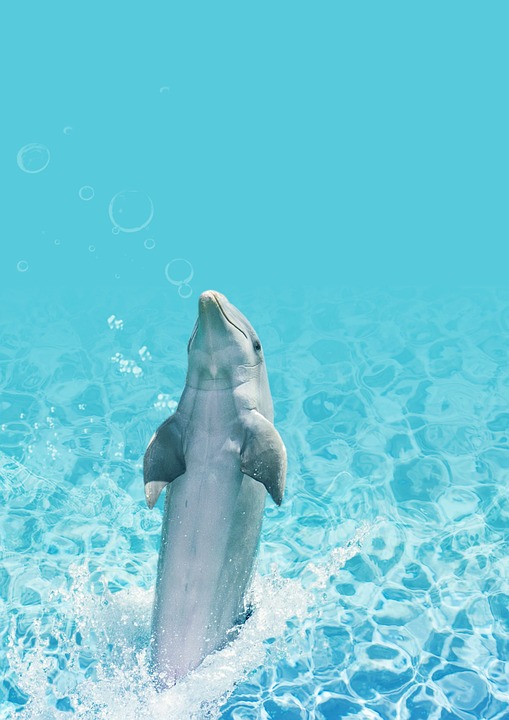Promoting and monitoring fish tank fish courtship displays is an exciting and rewarding endeavor for fish enthusiasts. Understanding the significance of courtship displays and the importance of promoting and monitoring these behaviors is crucial for creating a successful and thriving aquarium environment. This comprehensive guide provides insights and tips on creating an ideal environment, promoting courtship behaviors, and monitoring fish courtship displays.
Creating an Ideal Environment for Courtship Displays:
1. Selecting the Right Tank Setup:
Choosing an appropriate tank size and shape is essential for promoting courtship displays. Fish need enough space to swim freely and display their courtship behaviors. Additionally, providing suitable water conditions such as temperature, pH, and hardness is crucial for the overall health and well-being of the fish. Ensuring adequate filtration and oxygenation also helps maintain a clean and oxygen-rich environment.
2. Setting Up the Perfect Habitat:
Incorporating appropriate hiding spots and vegetation in the tank allows fish to establish territories and engage in courtship behaviors comfortably. Adding substrates that mimic natural habitats, such as sand or gravel, provides a suitable environment for fish to build nests or lay eggs. Balancing lighting and darkness in the tank to replicate a natural day-night cycle is also important for promoting courtship behaviors.
Promoting Fish Courtship Behaviors:
1. Selecting Compatible Fish Species:
Researching and understanding the behavior and compatibility of different fish species is crucial for promoting courtship displays. Some fish species may exhibit aggressive or territorial behaviors that can disrupt courtship displays. It is important to choose fish species that are compatible and have similar courtship behaviors to encourage successful courtship displays.
2. Maintaining Proper Male-to-Female Ratio:
Ensuring a balanced population of males and females in the tank is important for encouraging courtship behaviors. Having an imbalance in the male-to-female ratio can lead to aggression and stress, hindering courtship displays. It is essential to avoid overpopulation, as it can also disrupt courtship behaviors and lead to territorial disputes.
3. Providing Adequate Nutrition:
Offering a balanced diet with high-quality fish food is crucial for promoting courtship behaviors. Providing a variety of food options, including live or frozen food, helps simulate natural feeding behaviors and promotes overall health and reproductive capabilities.
4. Stimulating Breeding Conditions:
Adjusting water parameters and temperature to replicate natural breeding seasons can stimulate courtship behaviors. Incorporating breeding triggers, such as changes in lighting, water flow, or temperature, can encourage fish to engage in courtship behaviors and increase the chances of successful breeding.
Monitoring Fish Courtship Behaviors:
1. Observing Behavioral Cues:
Recognizing courtship behaviors, such as chasing, fin displays, or nest building, is important for monitoring and promoting courtship displays. Understanding the specific behaviors exhibited by different fish species during courtship allows fish enthusiasts to identify signs of readiness for breeding, such as vibrant coloration or swollen bellies.
2. Documenting and Recording Behaviors:
Using video or photography to capture courtship displays allows for analysis and documentation. Maintaining a log to track breeding attempts, successful spawns, and any notable behaviors helps monitor the progress and success of courtship behaviors.
3. Assessing Tank Conditions Regularly:
Monitoring water quality parameters, such as ammonia, nitrate, nitrite, and pH, is crucial for ensuring a healthy environment for fish. Conducting regular water changes and cleaning helps prevent stress and diseases, which can hinder courtship behaviors.
In conclusion, successfully promoting and monitoring fish tank fish courtship displays requires an understanding of the ideal environment, compatible fish species, nutrition, and monitoring techniques. By creating a suitable habitat and providing optimal conditions, fish enthusiasts can witness the beauty and wonder of courtship behaviors in their aquariums.









